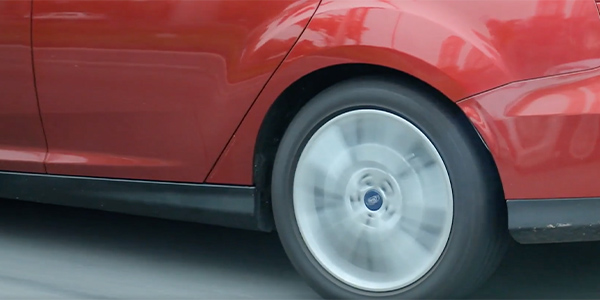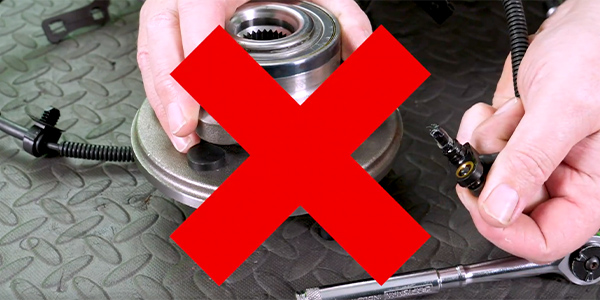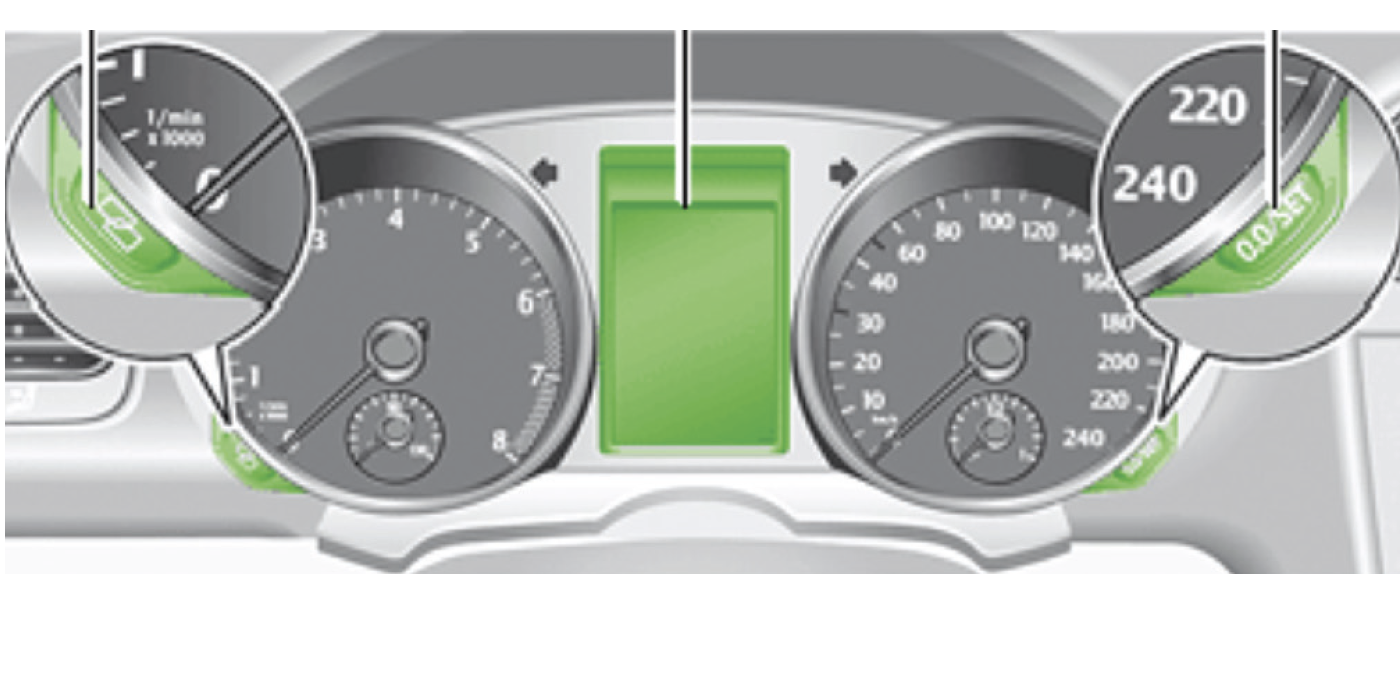How much maintenance is really necessary to keep a vehicle in good-running condition, safe and reliable? It’s a controversial subject for which there is no simple answer. Maintenance recommendations and requirements vary depending on the year, make and model of the vehicle, the type of driving it undergoes, the environment in which it operates, how long the owner wants to keep the vehicle, how important the issues of safety and reliability are to the vehicle owner and, finally, how much the owner is willing to spend on maintenance.
Though most people would agree with the statement that preventive maintenance improves vehicle safety and reliability, and saves them money on repairs in the long run, their lip-service to the benefits of preventive maintenance often fails to match their spending habits on maintenance.
While the “unperformed” maintenance market in the U.S. currently ranges anywhere from $43 billion to $62 billion a year, it represents billions of dollars that should have been spent on oil and filter changes, spark plugs, coolant, fluids, belts, hose replacements, brake linings and similar items, but was not.
Is it really as bad as they say it is? You bet it is. Last April during the National Car Care Month, vehicle check lane operators inspected hundreds of vehicles at various locations around the country. They found that 87% (nearly nine out of 10!) of the vehicles inspected were in need of maintenance or repairs. Here are some of their findings:
33% of the vehicles inspected had low, overfull or dirty motor oil;
29% had low, overfull or worn out transmission fluid;
29% had low coolant;
26% had low brake fluid;
26% had one or more under- or over-inflated tires;
25% had one or more belts that were in need of replacement;
25% needed a new air filter;
22% had low power steering fluid;
18% needed a new PCV filter;
16% had low battery electrolyte levels;
15% needed new battery cables;
15% needed one or both front windshield wipers replaced;
13% needed a new rear wiper and/or washer fluid;
13% had one or more worn-out tires that should be replaced;
13% required at least one new hose;
9% needed a brake light replaced;
4% had a burned out headlight; and
4% needed a turn signal light.
The Car Care inspection did not include the condition or strength of the coolant, the condition of the battery, the thickness or condition of the brake linings and rotors, the condition of the shocks or struts, exhaust system, etc. But if the inspectors had also looked at these items, the percentage of vehicles in need of maintenance or repairs would have been even higher.
WHO PAYS, WHO DOESN’T?
The survey didn’t profile the vehicle owners, but experience has shown that people who lease new vehicles typically skimp on maintenance. They don’t maintain their vehicles because they know they’re not keeping the vehicle long term. “Let the next owner pay the repair bills” is often their philosophy ‹ and that’s usually what happens.
People who are often the most conscientious about maintaining their vehicles are typically those who own the vehicle they drive (or make payments on it); plan on keeping the vehicle for as long as possible; and want to minimize the risk of a breakdown or expensive repairs down the road.
The best-maintained vehicles, therefore, are often not the brand-new ones, but rather an older vehicle or a second car or truck that is used primarily for commuting to work or is driven by a student. Parents of teenage drivers and college kids want their offspring to have reliable transportation – especially if they are off at college many miles away. Mom and Dad will gladly pay for maintenance if it helps prevent a breakdown or an emergency call in the middle of the night.
THE FEMALE FACTOR
The Automotive Aftermarket Industry Association (AAIA) has found that nine out of 10 female motorists are at least somewhat involved in the decision-making process for their household’s vehicle maintenance and repairs. Seventy-eight percent of women say that following the recommended maintenance schedule is important, but only 68% say they actually do so.
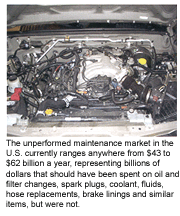 Two out of three women drivers take their own vehicle in for service, and 21% share that responsibility with their spouse or someone else. While 86% of women say they have read their owner’s manual at one time or another, only 35% have ever used it as a maintenance reminder. The study found that the most effective maintenance reminders for women are a windshield sticker (57%) and regular mileage intervals.
Two out of three women drivers take their own vehicle in for service, and 21% share that responsibility with their spouse or someone else. While 86% of women say they have read their owner’s manual at one time or another, only 35% have ever used it as a maintenance reminder. The study found that the most effective maintenance reminders for women are a windshield sticker (57%) and regular mileage intervals.
HOW MUCH IS ENOUGH?
Nobody wants to spend more than they have to on maintenance, but they’re asking for trouble if they try to skimp too much. Maintenance is usually a lot cheaper than the cost of repairs that may result when a vehicle is undermaintained.
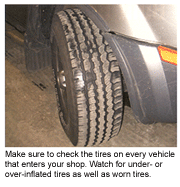 Some new car dealers provide new vehicle owners with a “supplemental” maintenance guide that suggests more frequent service intervals than those printed in the owner’s manual. Some say this is an attempt to maintain backroom profits by overselling maintenance. But others say the supplemental maintenance schedules are more realistic for the kind of driving that most motorists actually do.
Some new car dealers provide new vehicle owners with a “supplemental” maintenance guide that suggests more frequent service intervals than those printed in the owner’s manual. Some say this is an attempt to maintain backroom profits by overselling maintenance. But others say the supplemental maintenance schedules are more realistic for the kind of driving that most motorists actually do.
So how often should fluids, filters, oil and other items be maintained?
Most quick lube chains still promote oil and filter changes every three to six months, or every 3,000 miles. Why? Because after 3,000 miles of stop-and-go city driving, most vehicles do need an oil change – especially older engines with increased wear and blowby.
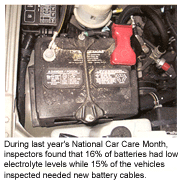 Some vehicle manufacturers have extended their oil change intervals in an attempt to reduce maintenance costs to the vehicle owner – and have run into trouble. Toyota has suffered a rash of warranty claims on some of its engines due to oil sludging because the owners were not changing their oil often enough. Apparently, their recommended service interval of 7,500 miles, or once a year, wasn’t often enough. Extended oil change intervals are based on “ideal operating conditions,” not the type of short-trip, stop-and-go driving that is typical for many motorists. Consequently, many drivers should follow the “severe” service maintenance schedule rather than the “normal” schedule. Driving is considered “severe service” when:
Some vehicle manufacturers have extended their oil change intervals in an attempt to reduce maintenance costs to the vehicle owner – and have run into trouble. Toyota has suffered a rash of warranty claims on some of its engines due to oil sludging because the owners were not changing their oil often enough. Apparently, their recommended service interval of 7,500 miles, or once a year, wasn’t often enough. Extended oil change intervals are based on “ideal operating conditions,” not the type of short-trip, stop-and-go driving that is typical for many motorists. Consequently, many drivers should follow the “severe” service maintenance schedule rather than the “normal” schedule. Driving is considered “severe service” when:
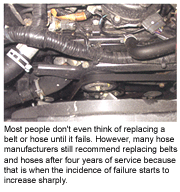
Most trips are less than 4 miles;
Most trips are less than 10 miles when outside temperatures remain below freezing;
Prolonged high-speed driving during hot weather;
Idling for extended periods and continued low-speed operation (as when driving in stop-and-go traffic);
Towing a trailer; or
Driving in dusty or heavily polluted areas.
Some engines, such as diesels, suffer more blowby than others so they typically require more frequent oil and filter changes. For most passenger car diesels, 3,000 miles is usually recommended.
Turbocharged engines likewise require more frequent oil changes because of the high temperatures encountered in the turbocharger bearings. A turbo can spin at tremendous speed (over 100,000 rpm in many instances). This, combined with the heat of the exhaust gases passing through the housing, creates an environment that accelerates oxidation of the oil. When the engine is shut off, the temperature inside the turbo bearing housing can soar to the point where it “cokes” the oil, forming hard black crusty deposits that can damage the turbo. Because of this, the recommended oil change interval for most turbocharged engines is also 3,000 miles under all operating conditions.
BMW and several other luxury brands have done away with recommended oil change intervals altogether and rely instead on an oil service reminder light. The light comes on when the computer estimates the oil needs to be changed. The estimate is based on engine running time, miles driven, ambient temperature, coolant temperature and other operating conditions. Under ideal conditions, the light may not come on until 10,000 miles or higher! But keep in mind that most of these engines are running high-quality synthetic oil – so be sure to replace same with same, otherwise the reminder light will be of little value and may only remind the customer to have his engine replaced!
COOLANT CHANGES
The advent of long-life coolants has also reduced the need for seasonal maintenance. Most of today’s long-life coolants have a recommended replacement interval of five years or 150,000 miles. That’s a long time, but not a lifetime! Eventually, the coolant does need to be changed.
As coolant ages, the corrosion inhibitors are gradually depleted. At some point, the coolant is no longer capable of preventing corrosion and the cooling system starts to suffer. Aluminum is more reactive than iron, so corrosion typically concentrates in aluminum parts such as the water pump, radiator, heater core, thermostat housing, intake manifold and heads.
Corrosion can cause a lot of expensive damage, so the best way to prevent coolant-related breakdowns and repairs is to change the coolant before the corrosion inhibitors are completely used up. This can be accomplished by following the recommended replacement interval, or by testing the coolant with reactive test strips that change color to reveal the condition of the coolant.
On older vehicles with conventional green or yellow coolant, the recommended replacement interval is still two to three years, or 30,000 to 50,000 miles.
BELTS & HOSES
Most people don’t even think of replacing a belt or hose until it fails. Yet many hose manufacturers still recommend replacing belts and hoses after four years of service because that’s when the incidence of failure starts to increase sharply.
FILTERS
Filter service intervals have also stretched significantly in recent years. Many air filters have factory recommended replacement intervals of 50,000 miles. An air filter might last that long in a relatively pristine, clean environment, but not on gravel roads or in a heavily polluted urban environment.
A dirty air filter restricts air flow into the engine and increases fuel consumption and emissions. A safer approach is to inspect the air filter when the oil is changed and replace it as needed (typically once a year).
The cabin air filter is another filter that is often overlooked and is not replaced often enough. Cabin filters that have activated charcoal in the media have a limited lifespan of about a year. After that, they lose much of their effectiveness at blocking odors.
Transmission filters are another item that is often overlooked and seldom replaced. The filter in many transmissions is more of a protective screen than a true filter. Even so, restrictions and blockages can affect the operation of the transmission. The filter should be serviced when the fluid is serviced ‹ which many transmission experts say is every 30,000 to 50,000 miles, especially in vehicles that pull a trailer (even occasionally) or are subjected to hard use.
Some fuel filters today have no recommended replacement interval. The filter is buried inside the fuel tank with the fuel pump assembly. Will they last forever? Probably not. The life of the filter depends on what happens inside the tank. Dirt or rust can plug any filter regardless of its claimed service life.
One reason why fuel filter replacement has been downplayed in recent years by the OEMs is because of the high cost of filters for fuel-injected engines. The filters on some cars can cost almost $100 and are not easy to replace. Even so, most experts still recommend replacing the filter every couple of years to keep the fuel flowing smoothly.
SPARK PLUGS
Long-life, 100,000-mile plugs don’t wear like ordinary plugs so they don’t have to be replaced as often. But there’s no guarantee they will go the distance. In fact, frequent short-trip, stop-and-go driving can foul out a long-life plug just as easily as a standard spark plug.
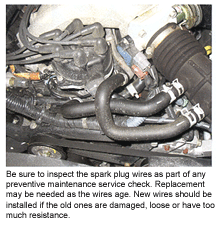 Plug life also depends on the condition of the engine as well as the vehicle owner’s driving habits. So more frequent spark plug changes may be required depending on how the plugs are performing. If the Check Engine (Malfunction Indicator Lamp) comes on because of a misfire problem, new plugs may be needed to extinguish the light. The same goes for plug wires. Coil-on-plug ignition systems have eliminated plug wires on many engines, but on those that still have plug wires, replacement may be needed as the wires age. New wires should be installed if the old ones are damaged, loose or have too much resistance.
Plug life also depends on the condition of the engine as well as the vehicle owner’s driving habits. So more frequent spark plug changes may be required depending on how the plugs are performing. If the Check Engine (Malfunction Indicator Lamp) comes on because of a misfire problem, new plugs may be needed to extinguish the light. The same goes for plug wires. Coil-on-plug ignition systems have eliminated plug wires on many engines, but on those that still have plug wires, replacement may be needed as the wires age. New wires should be installed if the old ones are damaged, loose or have too much resistance.
In the final analysis, most people will spend only as much on maintenance as they think is necessary ‹ and not a dollar more. The hard part is convincing them when maintenance is truly necessary and how proper maintenance will actually save them money in the long run.











